-

Javier Aizpurua
Spanish Council for Scientific Research (CSIC), Spain
Title of lecture: Molecular Optomechanics Approach to Surface-Enhanced Raman Scattering
Javier Aizpurua is a Research Professor of the Spanish Council for Scientific Research (CSIC) at the Center for Materials Physics in San Sebastián, Spain, where he leads the "Theory of Nanophotonics Group" (http//cfm.ehu.eus/nanophotonics). Aizpurua has developed theory to understand the interaction of light and nanostructured materials in a variety of field-enhanced spectroscopy and microscopy configurations, such as in SERS, SEIRA, s-SNOM, STM, or STEM. The understanding of the optical response of complex nanosystems has been the main focus of his research, particularly in the field of optical nanoantennas and nanoplasmonics, with special emphasis on the role of quantum effects in nanophotonics.
-

Rohit Bhargava
University of Illinois at Urbana–Champaign, USA
Title of lecture: Increasing utility of IR imaging by high performance instrumentation and AI
Rohit Bhargava is a professor of Bioengineering and Founding Director of the Cancer Center at Illinois. He has contributed to the development of infrared spectroscopic imaging, including developments in theory, instruments, applications and data analysis methods. Current work in his laboratory focuses on theoretical modeling that can push the limits of speed and quality of infrared spectroscopic imaging as well as its application. In particular, his group recognize and subtype cancer by its underlying molecular characteristics, by advanced chemical imaging and application of modern machine learning, ultimately allowing for better treatment of patients.
-
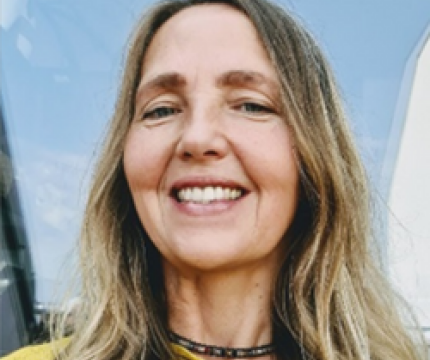
Notburga Gierlinger
University of Natural Resources and Life Sciences, Austria
Title of lecture: Raman Imaging of Plant Cells: probing distribution and orientation of molecules
Notburga Gierlinger (Assoc. Prof.) is heading the research group “Biological materials on the nano- and microscale” (www.bionami.at) at the Institute of Biophysics at the University of Natural Resources and Life Sciences (BOKU, Vienna). She has focused on Raman microscopy applications on biological materials since 2 decades with research positions at Max Planck Institute of Colloids and Interfaces (Biomaterials, Potsdam Germany), JKU (Linz, Austria) and ETH (Building Materials, Zürich, Switzerland). Her emphasis is on revealing the chemistry in context with the microstructure of plant tissues to retrieve structure-function relationships. Research projects include plant cell walls, plant surfaces and interfaces and include, various plant organs (stems, root, leaves,..) as well as different plant species (algae, arabidopsis, nutshells (ERC consolidator grant), wood,..).
-
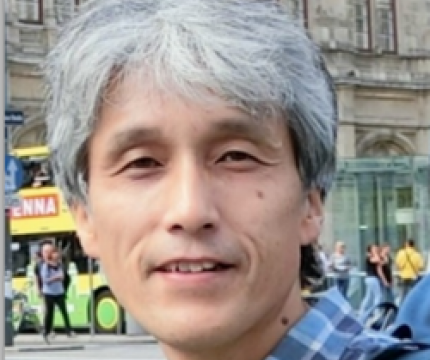
Koichi Iwata
Gakushuin University, Japan
Title of lecture: Bimolecular chemical reactions in solution examined with time-resolved infrared and Raman spectroscopy
Koichi Iwata received Dr.Sci. from Department of Chemistry, The University in 1989. He was engaged in spectroscopic studies at The Ohio State University as a postdoctoral fellow, at Kanagawa Academy of Science and Technology (KAST) as a researcher, and Department of Chemistry, The University of Tokyo as an associate professor. He joined Department of Chemistry, Faculty of Science, Gakushuin University as a professor in 2009. He currently serves as the president of the Spectroscopical Society of Japan (SjSJ) and the section editor for theoretical and physical chemistry of Bulletin of the Chemical Society of Japan (BCSJ). His research interests include the development of new spectroscopies and the examination of dynamic processes in complex systems.
-
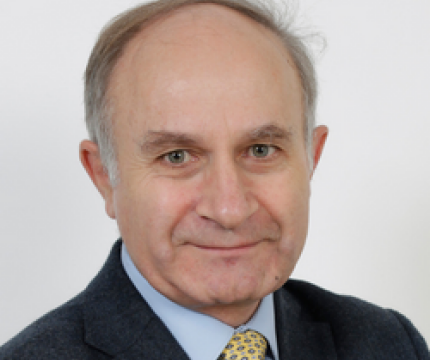
Sergei G. Kazarian
Imperial College London, United Kingdom
Title of lecture: Advances in Infrared Spectroscopic Imaging
Sergei G. Kazarian is Professor of Physical Chemistry in the Department of Chemical Engineering at Imperial College London, consistently one of the world’s top ten universities. His scientific research began in Armenia using infrared spectroscopy to study matrix isolation of weak complexes of CO2 with metal atoms. Now, his research encompasses the fields of advanced vibrational spectroscopy, supercritical fluids, intermolecular interactions and materials. In last two decades, his research has mainly been focused on developing and applications of FTIR spectroscopic imaging to materials, biomedical samples and pharmaceuticals, along with tip-enhanced Raman scattering for nanomaterials (www.imperial.ac.uk/vsci). He also contributed to the fields of microfluidics, forensic science and analysis of objects of cultural heritage. Sergei Kazarian has published nearly 300 articles and reviews in leading scientific journals and he is Editor in Chief of Applied Spectroscopy. He was awarded the RSC Sir George Stokes Award for his research with ATR-FTIR spectroscopic imaging in 2015.
-
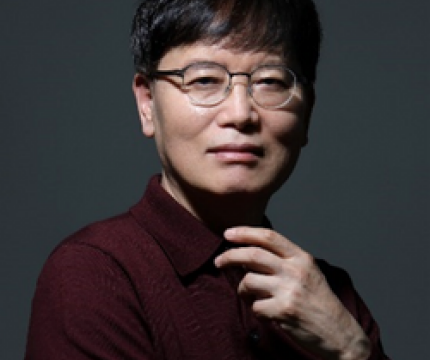
Dongho Kim
Yonsei University, Korea
Title of lecture: Ultrafast Structural Dynamics in Various π-Conjugated Molecular Systems Probed by Time-resolved Electronic and Vibrational Spectroscopy
Dongho Kimis a Professor at the Department of Chemistry Yonsei University. His cutting edge research focuses on various dimensions of aromaticity and antiaromaticity in molecular systems. In particular, Professor Kim has received worldwide recognition for his work on Möbius aromaticity. He has published more than 530 article in SCI journals and been cited almost 19,000 times by other scholars. In recognition of the quantity and quality of his research output, Professor Kim was selected as the first National Scholar in 2007, and he received a Presidential Award for his Korean Science Prize in Chemistry. Prof Kim was honoured with numerous awards in recognition of outstanding research accomplishments, including recently: selected as 100 National Research and Development Excellent Achievements Best Achievement in Basic Science & Infrastructure field (Ministry of Science and ICT) (2017), 4th FILA Basic Science Award (The Korean Academy of Science and Technology) (2017), National Medal for the Science and Technology (Ministry of Science and ICT) (2017), Academic Excellence Prize (Korean Chemical Society) (2018), The JPA Honda-Fujishima Award (The Japanese Photochemistry Association) (2019), Hans Fisher Award (Society of Porphyrins & Phthalocyanines) (2020), Sudang Prize (Sudang Foundation) (2020), Toray Prize (Toray Science & Technology Foundation) (2022). Currently, he is an editorial board member of the American Chemical Society’s Journal of Physical Chemistry.
-
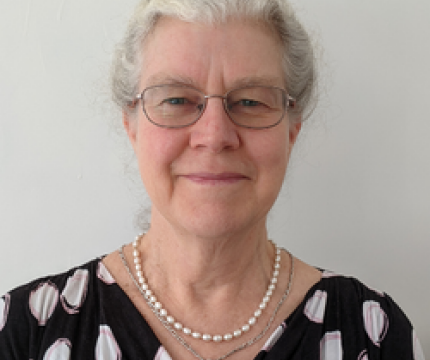
Alison Rodger
Macquarie University, Australia
Title of lecture: Can attenuated total reflectance infrared spectroscopy (ATR-IR) be used with polarised light?
Alison Rodger is a biophysical chemist who invents and develops spectroscopic methods to characterise the structure and function of biomacromolecules and their assemblies. Her career began with a PhD in Australia then moved to the UK for 30 years before returning to Australia in 2017. She has published over 200 papers, 9 books, 40 book chapters, and 5 patents. She was recognised in the 2015 Analytical Science Power List, is an Honorary Fellow of the British Biophysical Society, a Fellow of the Royal Society of Chemistry where she served as a member of the Council, Fellow of the Royal Australian Chemical Institute, and Fellow of the Australian Academy of Science.
-
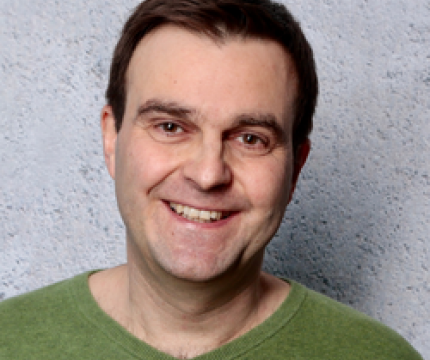
Axel Mosig
Ruhr University Bochum, Germany
Title of lecture: Theory is dead, long live theory: Hypothesis-centric machine learning in vibrational spectroscopy
Axel Mosig is a Professor for Bioinformatics at the Ruhr University Bochum, Germany. Axel was received his undergraduate and graduate education in Computer Science at the University of Bonn, where he received his Dr. rer. nat. degree in 2004. After a postdoc at the University of Leipzig, Germany, where he worked on computational structural biology in 2004-2005, he moved to Shanghai as a postdoctoral researcher and founding member of the CAS-Max Planck Partner Institute for Computational Biology (PICB), where in 2008 he started his own research group as a PI investigating computational approaches for bioimage analysis. In 2011, he joined the Faculty of Biology and Biotechnology at the Ruhr University Bochum, where since 2019 he is also heading the Bioinformatics Department of the Research Center for Protein Diagnostics (PRODI). Axel’s research is driven by the overarching quest to understand how computational models relate to and affect the experimental life sciences. His research at PRODI is focused on machine learning for analyzing and understanding patterns of disease in infrared microscopic images.
-
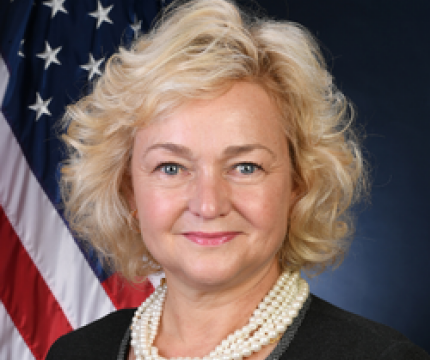
Angela R. Hight Walker
National Institute of Standards and Technology, U.S.
Title of lecture: In-Operando Magneto-Raman Study of Graphene Device in the Quantum Hall Regime
Dr. Hight Walker is a senior scientist at the National Institute of Standards and Technology (NIST), where she began her career as a National Research Council Postdoctoral Fellow. Her research focuses on advancing optical spectroscopies and their applicability to characterize quantum nanomaterials. Her research team has developed unique hyphenated techniques such as magneto-Raman, where samples are probed as a function of laser wavelength, temperature, magnetic field and back gating. These novel capabilities probe the underlying photophysics of nanomaterials. An issue of great importance to Angela is encouraging the young and under-resourced to participate in science. Through demonstrations and lectures, she actively engages in promoting the excitement of science. Recruiting, supporting, and mentoring students and postdoctoral researchers is a passion. Dr. Hight Walker is presently the Chair of the APS Committee on the Status of Women in Physics (CSWP).
-
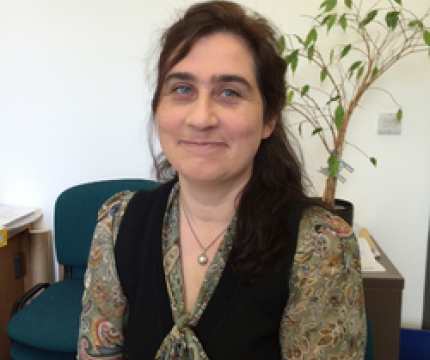
Julia Weinstein
University of Sheffield, United Kingdom
Title of lecture: Towards vibrational control of electron transfer with short IR pulses
Julia Weinstein is a Professor of Physical Chemistry at the University of Sheffield, UK. Julia was educated at Moscow Lomonosov State University, Russia (PhD in electron transfer, 1994, under supervision of Prof M Kuzmin and Prof N Sadovskii). After PhD, she became a member of academic staff, working on photochemistry of coordination compounds. In 2000 - 2004, she joined the University of Nottingham, UK, first as a Royal Society/NATO Postdoctoral Fellow, and then as a temporary lecturer (Assistant Professor). In 2004, Julia was awarded a 5-year EPSRC Advanced Research Fellowship to work on light-driven processes in metal chromophores. She moved to the University of Sheffield in 2005, where she is currently Professor of Physical Chemistry. Julia's interests are in ultrafast electronic, structural, and spin dynamics of molecules and materials. She leads the Lord Porter Laser Laboratory in Sheffield, which comprises a combination of electronic and vibrational spectroscopies, including time-resolved infrared and 2DIR spectroscopies, and ultrafast fluorescence upconversion. Recent scientific developments include multipulse experiments to control excited state dynamics, and application of ultrafast X-ray sources at XFELs to "watch chemistry happen". Julia's long term collaborations include Laser for Science Facility in the UK, and multiple research groups in the UK and abroad. She is a recipient of the 2017 RSC Chemical Dynamics Award.
.png)